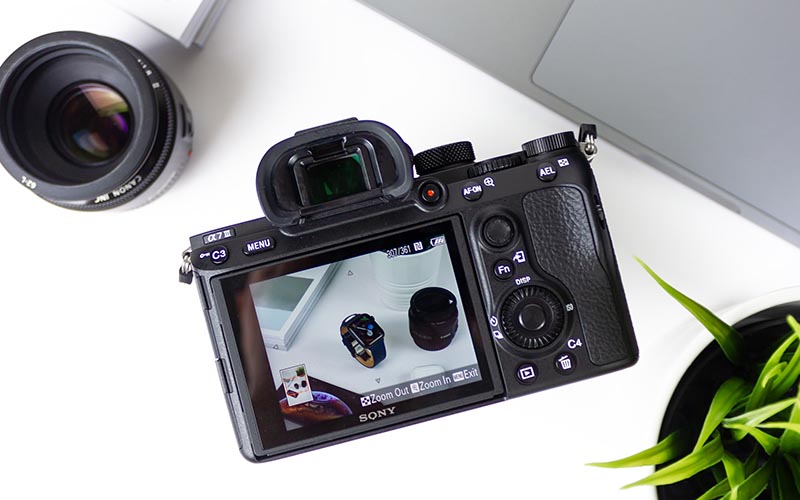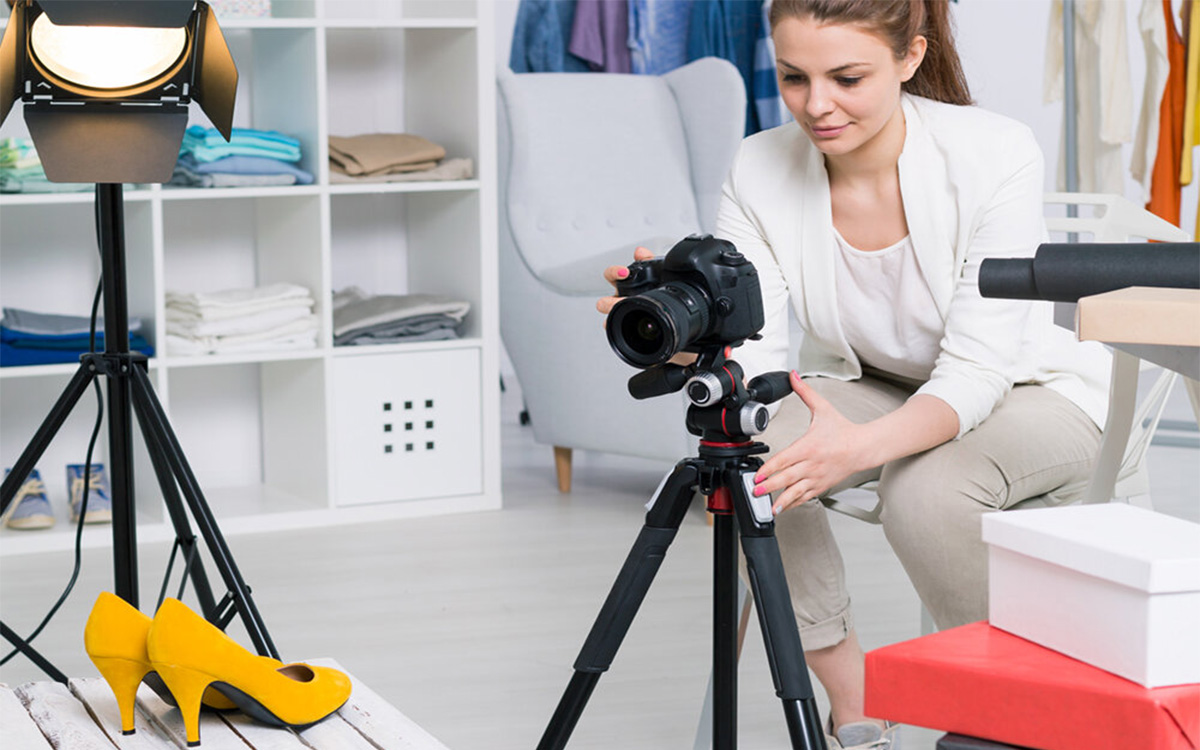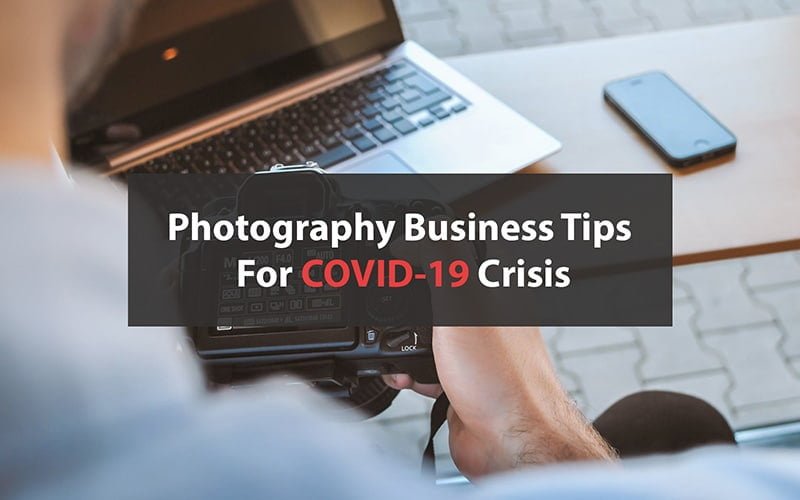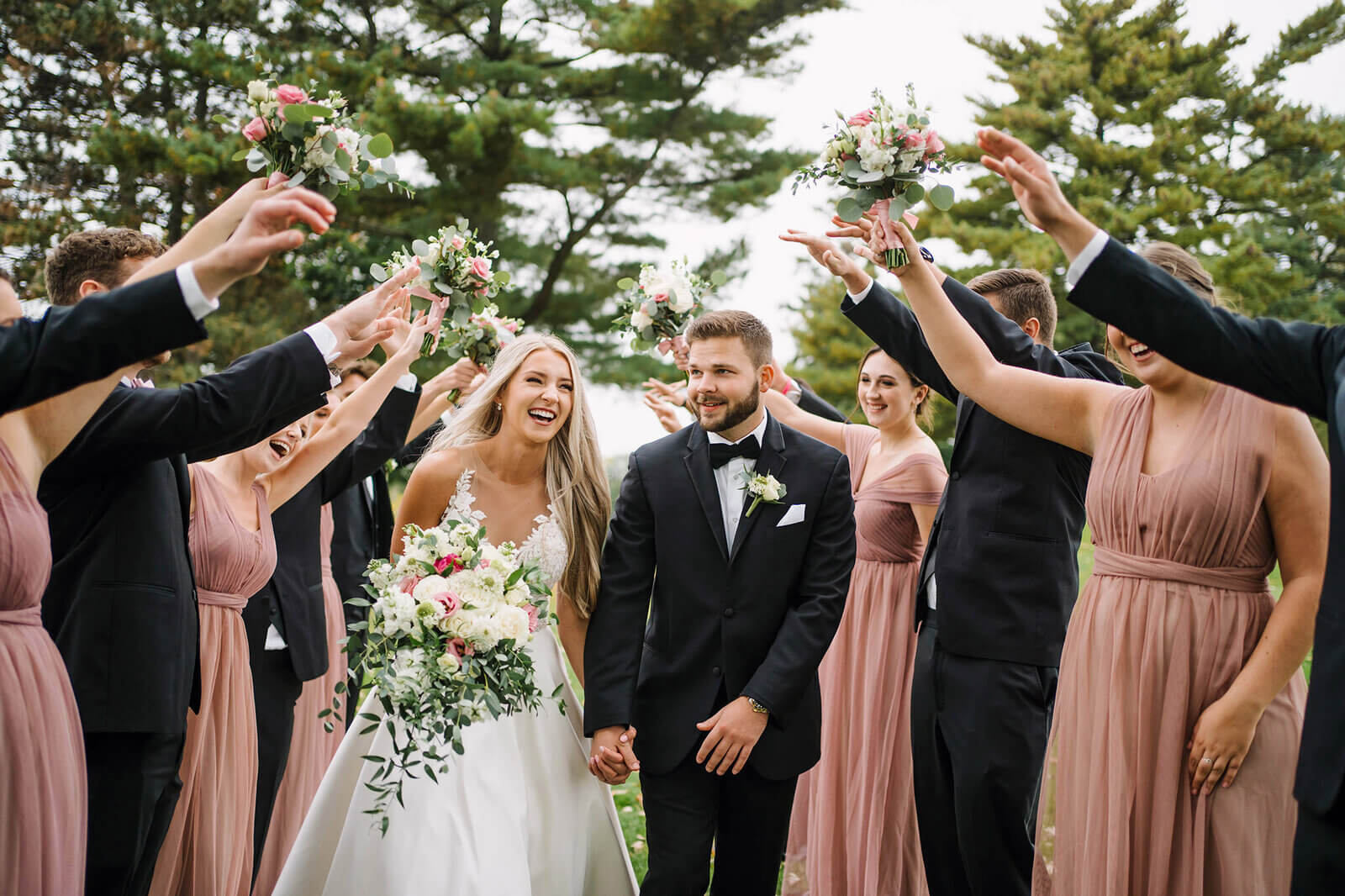Did you know that not all lenses are the same, even though they are built to achieve the same thing! And then there’s the difference in quality. Choosing the right type of lens for your photography is the first thing you need to learn. And then you can think about the best lenses for product photography.
Getting the image perspective as real as possible is the key when it comes to taking photos of products. Because if the object’s real perspective isn’t projected on the photos, it loses its appeal. Get the right amount of scaling, and you’re done.
So, in this article, we’ll talk about lenses and their types and review the camera lenses that we recommend for the product photography genre.
What you’ll learn in this article
- 1 The 10 Best Lenses for Product Photography in 2024
- 1.1 1. Nikon AF-S – Best nikon lens for product photography
- 1.2 2. Canon EF 50mm – Best canon lens for product photography
- 1.3 3. Nikon AF-S Nikkor 50mm f/1.8G Lens – Best For Portraits
- 1.4 4. Canon EF-S – Best canon lens for landscape
- 1.5 5. Canon EF 85mm – Best canon lens for portraits, sports & wildlife
- 1.6 6. Nikon AF S NIKKOR 85mm f/1.8G Fixed Lens – Best nikon lens for low-light shots
- 1.7 7. Canon EF-S 24MM 1.2.8 STM – Best For Landscape
- 1.8 8. Nikon AF-S DX 40mm f/2.8G Lens – Best For Street, Travel, Portraits
- 1.9 9. Sony E 50mm – Best for product photography
- 1.10 10. Sigma 85mm Lens – Best for product photos
- 2 Types of Camera Lenses
- 3 What to Know About Camera Lenses – Buying Guide
- 4 FAQs about Best Lenses for Product Photography
- 4.1 What do camera lenses do?
- 4.2 How many lenses are on a camera?
- 4.3 What is the purpose of the lenses in a camera?
- 4.4 What camera lenses should I have?
- 4.5 Where to buy camera lenses?
- 4.6 How to get cheap camera lenses?
- 4.7 What camera lenses are best for what?
- 4.8 What camera lenses are best for product photography?
- 5 Final Words
The 10 Best Lenses for Product Photography in 2024
We have selected here the 10 lenses that we think are the best for product photography. Check the reviews!
1. Nikon AF-S – Best nikon lens for product photography
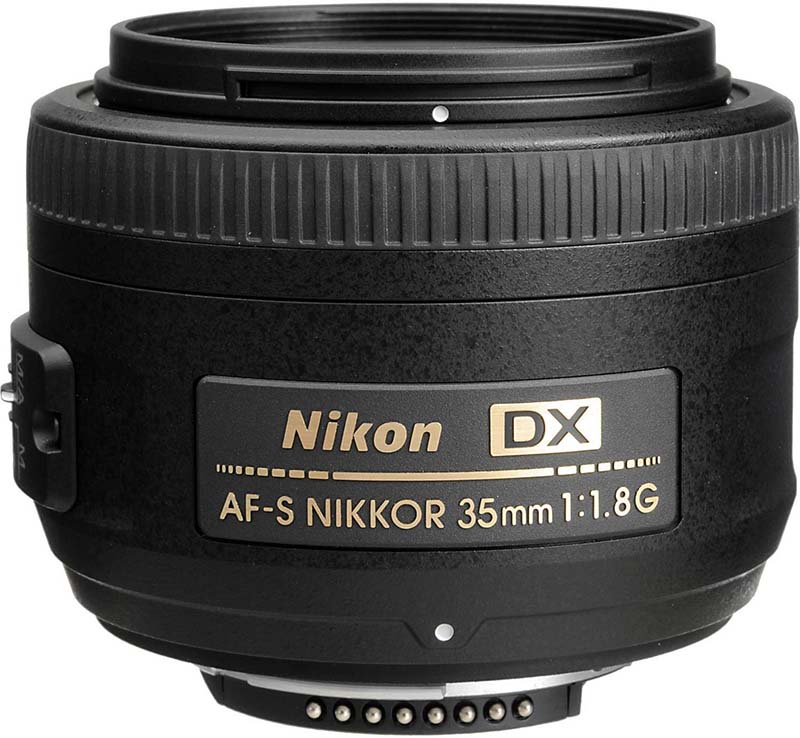
The first lens we have is the DX camera lens from Nikon. If you’re looking for best nikon lens for product photography that is an inexpensive, compact, and light camera, this is a good option. It has a good combination of features for someone who wants to start in photography.
Nikkor is a sub-division of Nikon’s camera product line and accessories. This Nikkor prime lens is the equivalent of a 50mm lens on a full-frame camera. And this 35mm lens is compatible with only AF-S mountings. This is not a limitation; rather, it’s a specialty.
The 35mm focal length on this device isn’t something to scoff at despite it coming short of a telephoto lens. You can take great product images with it if you manage to get good scaling. Take the photo from a distance, and the object will appear as it’s in reality.
Matters are more helped by the wide aperture of this lens. With an aperture of f/1.8, it’s the ideal width for creating the bokeh effect.
When you combine the focal length and this aperture, it doesn’t get much better at this price. The G denotation means it’s a more refined f/D with rounder aperture blades that deliver smoother bokeh.
One downside of this lens is the absence of optical image stabilization. In this day and age, it’s a must-have for professionals, although amateur photographers can do away without it. For still photos, it isn’t that much of a big deal.
Pros
- F/1.8 aperture for smooth bokeh
- Ideal focal length
- Inexpensive
- Compact and light
- The produced image has a real perspective
Cons
- No optical image stabilization
2. Canon EF 50mm – Best canon lens for product photography
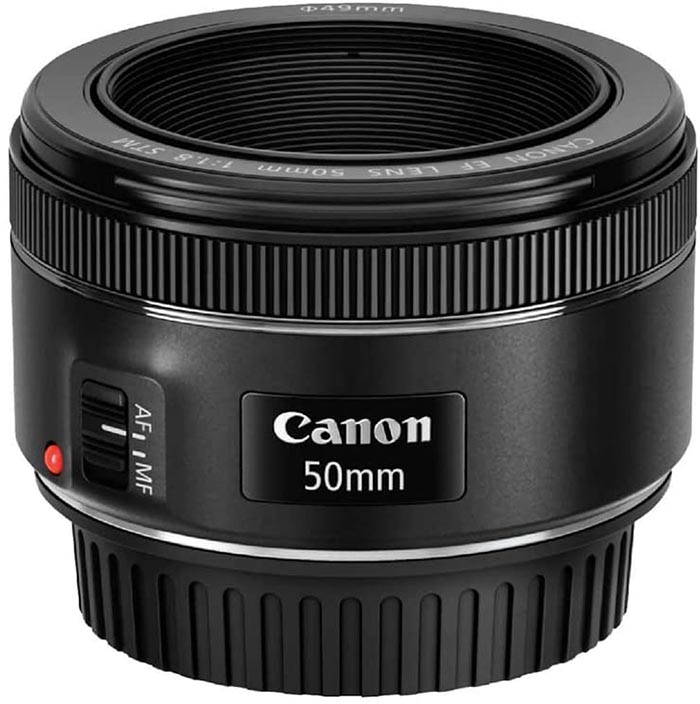
Here, we have the popular fifty-fifty lens from Canon, and it has proven itself to be the standard when it comes to learning photography. But is it any good for product photography? The features should tell you that it’s quite adept at it.
Canon lenses are either for full-frame or APS-C cameras. This one is for full-frame cameras, and it has the standard 50mm focal length.
For portraits as well as landscapes, it has been the go-to choice for most photographers. When you combine this focal length with a wide aperture, you get the best camera lens for product photography.
Fortunately, this lens boasts a wide f/1.8 aperture with 7 circular blades for smooth bokeh. If you’re working with an artificial light setting, the wide aperture on this device will deliver crisp, bright photos without compromising on color production.
The main concern in product photography is getting the scaling right. You don’t want to end up having a distorted image. The focal length and aperture combination will allow you to snap from a distance to get the scaling right.
This lens also doesn’t have optical image stabilization, but it isn’t vital for still photos. The more important thing is getting fast auto-focus, and which is provided by the quiet and fast STM motor.
Pros
- Wide aperture
- Low light photos
- Standard focal length
- Stepping motor
Cons
- No optical image stabilization
3. Nikon AF-S Nikkor 50mm f/1.8G Lens – Best For Portraits
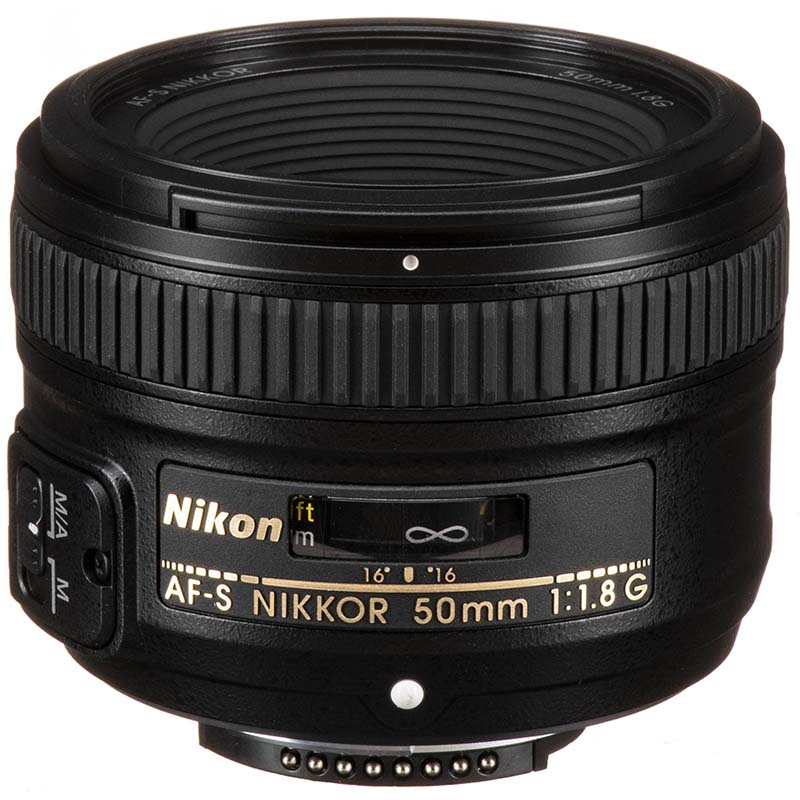
This lens from Nikon doesn’t need any introduction. It’s the update to the f/1.8 lens with the most standard specifications. If you have the skill, you can pull off the best landscape as well as portrait photos with this one. And it’s very inexpensive as well!
In terms of specifications, this lens is a better version of the 35mm Nikkor lens. It’s the standard 50mm focal length. The focal length on this device provides a better focus on the subject rather than the surrounding. That is the key to portrait and product photography.
One of the first lessons going into product photography is about lighting. Is there enough light getting into the lens or not? A wide aperture, in this case, comes in handy. The f/1.8G round aperture on this lens does just that. It has great low light shooting ability.
Don’t forget the bokeh effect! The wide aperture provides a shallow depth of field that isolates the subjects and renders the background. It’s a fixed lens, also known as a prime lens. So, it needs you to stay at a certain distance from the subject to get a well-detailed image at the right scale.
This lens has a smooth and silent auto-focus, thanks to the Silent Wave Motor (SWM) from Nikon. Furthermore, you can manually override the autofocus whenever you want. Having both options is such a blessing. That being said, it lacks image stabilization.
Pros
- Silent autofocus
- Wide aperture
- Bright, crisp photos
- Affordable
Cons
- No OIS
- Not a full telephoto lens
4. Canon EF-S – Best canon lens for landscape
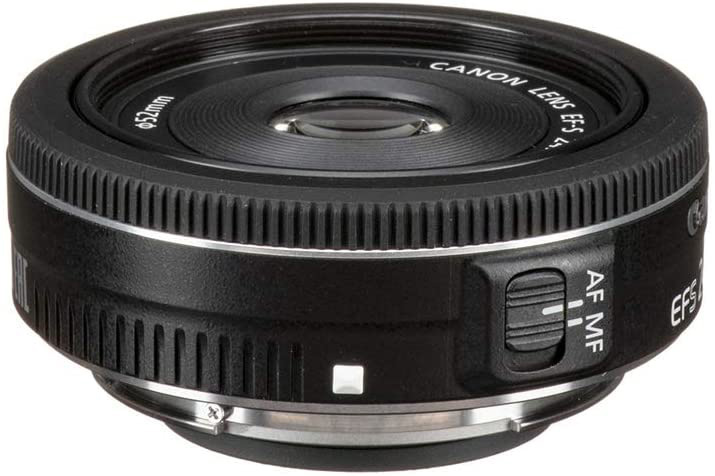
This is a lens catered towards people who want compact and lightweight lenses. In terms of features, it can be the right choice if you know how to use it. It’s not pricey due to being a prime lens, but it’s not the go-to lens when it comes to product photography. You’ll know why in a bit.
It’s one of those pancake lenses from Canon. In terms of looks and build quality, it’s not the best, but it does what it’s good for; takes great photos in the right setting. The focal length on this device isn’t something we’d recommend, but the aperture does make up for it.
With a 24mm focal length, this is called a wide-angle lens. You’d take mostly landscape photos with it with some occasional portraits. There’s a risk of distorting the images because you have to stand close to the products for sharp focusing, and that messes with image scaling. If you can manage this part, then there’s no issue.
The aperture of f/2.8 is the starting point when you start to notice a bit of bokeh around your object of focus. So, it’s great that this lens has the exact aperture. And it’s also great for low light photography, although not as good as those with f/1.8 aperture.
Lastly, the overall build of this lens is plastic on a metal frame. So, you can trust the durability although it won’t be a good idea to use it during rain or other harsh weather. And it’s super cheap compared to other lenses on this list.
Pros
- Good aperture
- Excellent build quality
- Bright and crisp images
- Cheap
Cons
- Not great for portraits
- No OIS
5. Canon EF 85mm – Best canon lens for portraits, sports & wildlife

Now, this lens from Canon is something to be looked forward to. It’s for EF series Canon DSLRs with maybe the most appropriate specifications a product photographer wants. If you use this once, you’ll realize that this is no exaggeration. And when you factor in the price, it becomes more attractive.
In terms of specifications, this lens has the most complete combination, and it’s just what you were looking for. It has a focal length of 85mm, giving it the name medium telephoto lens. For professionals, this is the sweet spot when it comes to taking photos of objects.
Then, you have the f/1.8 aperture that is just the ideal amount for low light photography with a shallow depth of field. This is what the doctor ordered for getting the bokeh effect to isolate the object of focus. And the background is rendered beautifully.
The lens is compatible with Canon’s full-frame DSLR cameras as opposed to the S series lenses. It uses the Ultra-sonic motor to drive its auto-focus. That’s not all; you can override the auto-focus to manually calibrate the focus when shooting.
Despite all these great features, it won’t break your bank. The fact that it doesn’t have any image stabilization also helps to reduce the price. That’s a trade-off we can come to terms with.
Pros
- Ideal focal length
- Perfect aperture for lowlight shots
- Ultra-sonic motor delivers fast autofocus
- Produced image gives the real perspective
Cons
- A bit heavy
- No OIS
6. Nikon AF S NIKKOR 85mm f/1.8G Fixed Lens – Best nikon lens for low-light shots
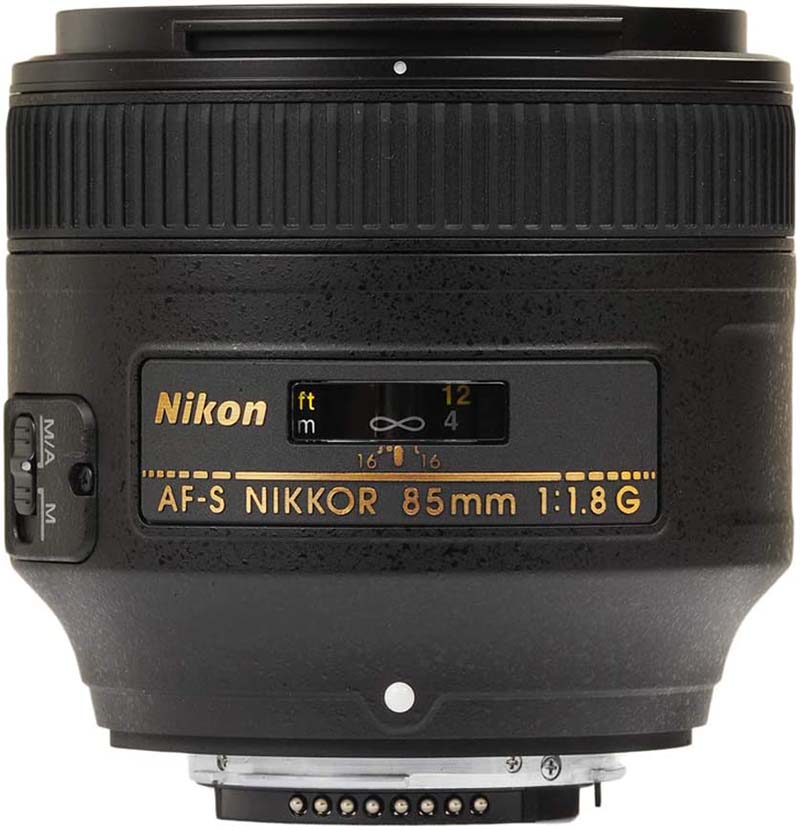
This lens from Nikon has the sweet spot when it comes to the focal length, just like the Canon lens above. It’s the answer to Canon’s standard lens. For Nikon FX camera owners, this should be the first option for consideration if the sole focus is on product and portrait photography.
It’s a prime lens, so there’s no room to move, and that’s better for producing high image quality. It gets even better as thanks to the 85mm focal length and that makes it a short-medium telephoto lens. This is the sweet spot any product photographer should be looking for.
On a full-frame camera, this is equivalent to 100mm+. This focal length is just right for getting the right scaling as well as sharp detail on the product image. It needs you to stay 3 feet from the object to get a good focus, and that’s vital to image scaling.
The aperture on this device is ideal for taking photos of subjects as it has a shallow depth of field. It focuses on the object by slightly blurring the background. It’s been experienced as the best low light lens for low light photography as the aperture is wide enough to let in a tremendous amount of light.
It has the Nikon AF mechanism driven by its Silent Wave Motor. You can override the AF function just like all modern lenses. You couldn’t do that on lenses from the AF-D series. And no image stabilization on this either.
Pros
- Great telephoto lens
- Smoother bokeh thanks to the f/1.8G aperture
- Lowlight photos
- Fast and smooth autofocus
- Allows the right image scaling
Cons
- No OIS
- A bit expensive
7. Canon EF-S 24MM 1.2.8 STM – Best For Landscape

We have another 24mm Canon prime lens on our radar. It has the iconic pancake shape to make it the most compact as well as the most lightweight lens in the EF-S series. This lens is compatible with APS-C cameras, which is equivalent to 38mm on a full-frame camera.
Now, the question arises about its ability to take portraits, which translates into our notion of product photography. It’s a valid question because we all are accustomed to telephoto lenses when it comes to this type of shot. If you’re going to buy a dedicated portrait lens, then this isn’t for you.
Our discussion is about; can you do product photography with it if the need arises? The answer is in the affirmative. While it’s not even close to being the ideal lens for it, it does have a wide aperture with a shallow depth of field. And with this, you can produce images with the object in focus.
You’d have to stay at least half a foot away from the object to get a good focus. And that comes with the risk of image distortion. That’s the big hurdle you want to keep a note of.
We don’t recommend it as a dedicated product photography lens, but it can take great shots. Nonetheless, the affordability of this lens makes it an attractive option.
Pros
- Wide aperture, shallow depth of field
- Cheap
- Compact and light
- Great landscape lens
- Stepping motor
Cons
- Risk of image distortion
- No OIS
8. Nikon AF-S DX 40mm f/2.8G Lens – Best For Street, Travel, Portraits
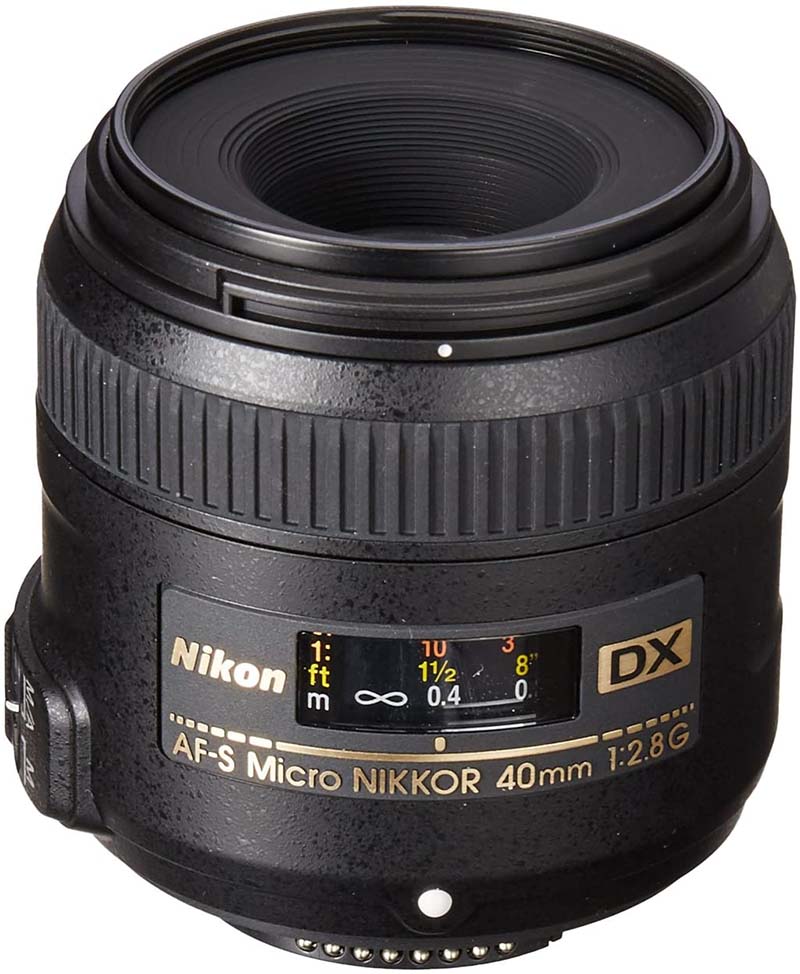
People say 40mm is the focal length to opt for if you want to get the best of both worlds. It’s neither a wide-angle lens nor a full-fledged telephoto lens. With a good combination of features, this lens has come upon our radar for being a fan favorite. And they weren’t wrong.
This Nikkor lens is pretty similar to other lenses from Nikon, with slight differences. The first among them is the 40mm lens. It’s neither a wide-angle landscape lens nor a telephoto lens. So, you might wonder why this is here on a product photography lens review.
You will be proved wrong once you use this. Although it’s not the ideal lens to take product photos, it doesn’t disappoint even a bit. With the f/2.8G aperture, it’s the perfect set for professional-level photography. The only caveat is that you have to have the skill to pull off great shots.
It has Nikon’s SWM for driving the fast and quiet autofocus. That again can be manipulated through manual focusing to achieve the right scaling and sharpness. The body is made of plastic, but it’s durable, compact, and lightweight.
At this price, you can’t expect more features than it already has, but an image stabilization technology could have come in handy.
This macro, in Sony’s terms, “micro” lens allows you to take close-up photos without distorting the images. The image is the projection of reality. And that makes it the best budget camera lens for product photography.
Pros
- Fast autofocus
- Aperture wide enough to create bokeh
- Affordable
- Good build quality
- Close-up shots
Cons
- Not a telephoto lens
- No OIS
9. Sony E 50mm – Best for product photography
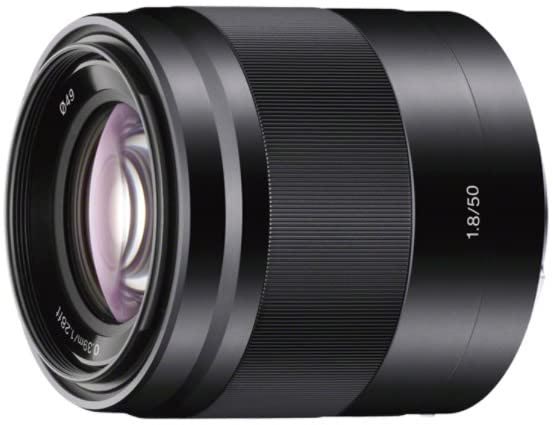
At number 9 on this list, we have a selection from Sony’s product line. Sony has been a leader in the Camera industry, and its technology is worthy of consideration. With a built-in optical image stabilization technology, this is a great short telephoto lens at an affordable price range.
50mm lenses were a thing of the past up until the APS-C cameras came out. And Sony didn’t just revamp the 50mm lens; it also gave photographers to think good of it again. Because 50mm isn’t the go-to length as it’s a bit shorter than an ideal telephoto lens. It’s equivalent to a 75mm lens on a full-frame camera.
The aperture on this Sony lens adds another level to its ability to take portrait shots. With f/1.8 aperture, this is just perfect for low light photography as well as for a shallow depth of field in the image.
As mentioned before, this has the optical image stabilization technology that the other lenses on this list don’t have. Sony calls it OSS (Optical Steady Shot). The motor that drives its autofocus is fast, and it was the fastest 50mm lens when it first came out.
The build quality on this device is worth mentioning. A full metal body with a metal ring around the lens makes it highly durable (and heavy), unlike the lenses that are made with plastic. So, you know you’re getting your money’s worth. Finally, there’s this slight downside to this lens, and that’s the lack of manual focus in autofocus mode.
Pros
- Optical image stabilization
- Idea aperture
- Lowlight photography
- Good build quality
- Affordable
Cons
- Not a full-fledged telephoto lens
- No full-time manual focus
- Heavy
10. Sigma 85mm Lens – Best for product photos
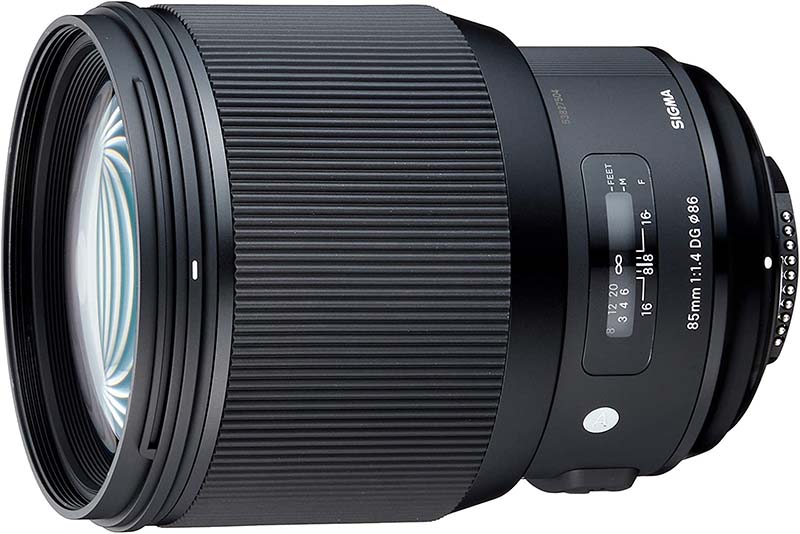
This lens is a new addition to Sigma’s Global Vision product line. As far as its image-producing ability is concerned, there’s no debate about it.
It’s art-making in the process. The most attractive part about it is the combination between a telephoto lens and a wide aperture – making it perfect for product and portrait photography.
First thing’s first, the aperture on this device is one of its main attractions. With an aperture of f/1.4, this is the widest of the lenses on this list, and it does give it advantages. From super-low light shooting to smooth bokeh, everything is in the reach of your hands.
And when you combine this aperture with a telephoto lens as this lens has, you get the perfect combination for the genre of portraits. The 85mm lens is a short telephoto prime lens that allows the photographer to play around with the scaling, lighting as well as image perspective.
Sigma’s signature auto-focus driver, the Hyper Sonic Motor (HSM), plays a significant part when it comes to getting quick and clear shots. Although it isn’t better than Canon’s USM, it doesn’t disappoint. And as expensive as this lens is, we don’t expect anything less.
We can speak for hours about its positive features. It’s a portrait giant, but it lacks one thing, and that’s image stabilization. You would think that the amount of money you’re spending, image stabilization was a must.
Sigma’s lenses are compatible with Nikon, Canon, and Sony-E cameras, and that makes it the best lens for photography.
Pros
- Solid Autofocus
- Wide aperture
- Smooth Bokeh
- Ideal focal length
- Good build quality
Cons
- Expensive
- No OIS
Types of Camera Lenses
To understand the best lenses for product photography, we need to know the types of lenses you will find on the market. These classifications are the same for every brand.
In terms of adjustability, there are two types of lenses, they are,
Prime Lens
A prime is determined by its fixed focal length and aperture. You can’t adjust them to go from a wide-angle lens to a telephoto lens, which is a great option to have. But with a dedicated focal length and aperture, you can produce images of higher quality.
Zoom Lens
These lenses are the ones with adjustable focal length and aperture. You can choose a focal length from as little as 24mm to as long as 600mm with an advanced lens. It means both the wide-angle and telephoto lenses are accessible for you. The sweet spots are the 24-100mm or 55-200mm lenses.
The trade-off with a zoom lens is a little lower image quality. But it’s something negligible on the bigger scheme of things.
Then, we have types of lenses depending on the focal length, they are,
Wide-angle Lens:
A wide-angle lens usually has a focal length between 8mm to 24mm. This is the ideal range for this genre. These lenses focus more on the background, delivering nice landscape images.
Telephoto Lens:
On the other hand, a telephoto lens has a focal length ranging from 55mm to 600mm or more. It can be either a prime or a zoom lens. With a telephoto lens, you can focus more on the objects to make a point of attention as opposed to the wide-angle lenses where the background is the target.
What to Know About Camera Lenses – Buying Guide
When it comes to product photography, you need to be careful about the lens you choose. To get the right perspective and the right scaling in your image, lenses need the right features. And that’s what this buying guide is all about. Let’s get into it, shall we?
Focal Length
Having the right focal length is important for two reasons. First, the focal length determines your focus on the object or the background. For product photography, you need the lens to focus on the product rather than the background.
Secondly, the focal length allows you to get the right perspective of the real thing. It won’t be eye-soothing if the same objects appear to be of different sizes. Experts in product photography always put this point in their first lesson.
So, what’s the ideal focal length for product photography? It can be anywhere from 50mm to 300mm or even more than that, depending on your requirement. Bottom line, get a telephoto lens.
Aperture
Again, we can’t emphasize more on having the right size of the aperture. The width of the aperture determines two things.
Firstly, it determines how much light is going to enter the chamber, and secondly, it determines the amount of bokeh or blurred background your image is going to have. And for product and portrait photography, it’s vital to have the right aperture. The idea aperture is around f/1.8-f/2.8.
Apertures of f/4 or less can also give a good bokeh with the right focal length.
Prime Lens or Zoom Lens
This is a great point of discussion among photographers as these two types of lenses provides different benefits. With a prime lens, you get a higher image quality, but you lose the ability to change focal length.
With a zoom lens, you can adjust your focal length from 50mm to 600mm, but you also lose a bit of image quality.
If you work with different types of product photography, the trade-off with a zoom lens is worth it, in our opinion. Else the prime lenses are the better option.
Optical Image Stabilization
This is not a new technology, but not many lenses incorporate it in their systems. Most of the lenses use electrical image stabilization, which is not as efficient as the optical IS technology. It’s not as vital as the above points for product photography, but it makes it a lot easier to take videos.
Types of Motor
There are a few types of motors used in the lens to drive its autofocus mechanism. For different brands, it has different names, but the outcome is the same.
Some motors are more silent than others, and some are faster than others. For Canon, there are two lenses, such as the STM (Stepping Motor) and USM (Ultra-Sonic Motor). For Nikon, there are motors like SWM (Silent Wave Motor).
FAQs about Best Lenses for Product Photography
What do camera lenses do?
A camera lens is used to capture the light reflecting from the object. The lens brings the light to a fixed focal point. In the old manual cameras, the lens directs the light onto a film strip, whereas, in a digital camera such as a DSLR, the light is directed to a digital sensor.
How many lenses are on a camera?
You use only one lens in a camera. But the lenses are replaceable with other types of lenses. There are mainly two types of lenses: Zoom lens and Prime lens.
What is the purpose of the lenses in a camera?
The basic function of a camera lens is to gather the light reflected from the focused object and direct it towards a focal point to create a complete image. When the reflected light enters the chamber, it’s directed towards the image sensor, which then creates the image.
What camera lenses should I have?
The answer depends on your requirement. You can choose a zoom lens if you take different types of photographs, such as landscapes, portraits, sports, etc. On the other hand, get a prime lens if your focus is on one type of photography only.
Where to buy camera lenses?
You can get them at their retail stores. But a better option would be places like Amazon’s online stores. You can get different accessories and other benefits from them.
How to get cheap camera lenses?
Cheap camera lenses aren’t the option you want to go with. But if you’re a beginner and want to save money, you can get the basic lenses as they cost less. Refurbished or renewed lenses can also be found at fewer prices.
What camera lenses are best for what?
Each of the types of lenses is good for different things, such as – – Prime lenses provide better image quality – Zoom lenses provide versatility – Longer focal length provides better portraits – Shorter focal length provides better landscape and wide-angle photos.
What camera lenses are best for product photography?
The best option for product photography is telephoto lenses. It can be either type of lenses; zoom or prime. Wide-angle lenses tend to distort the image perspective by messing with the scaling.
Final Words
To finish up, keep in mind that if you have good skills, you can take good photos even with an unsuitable camera lens. The best camera lens for product photography will help you, but it’s your skill that will produce the shots. And you should know that we love telephoto lenses.
